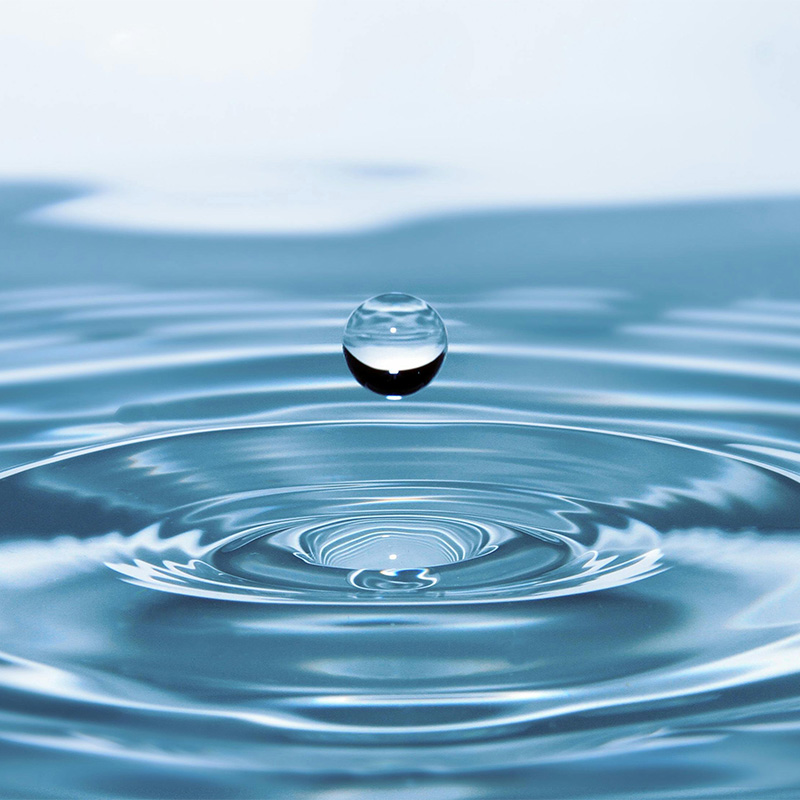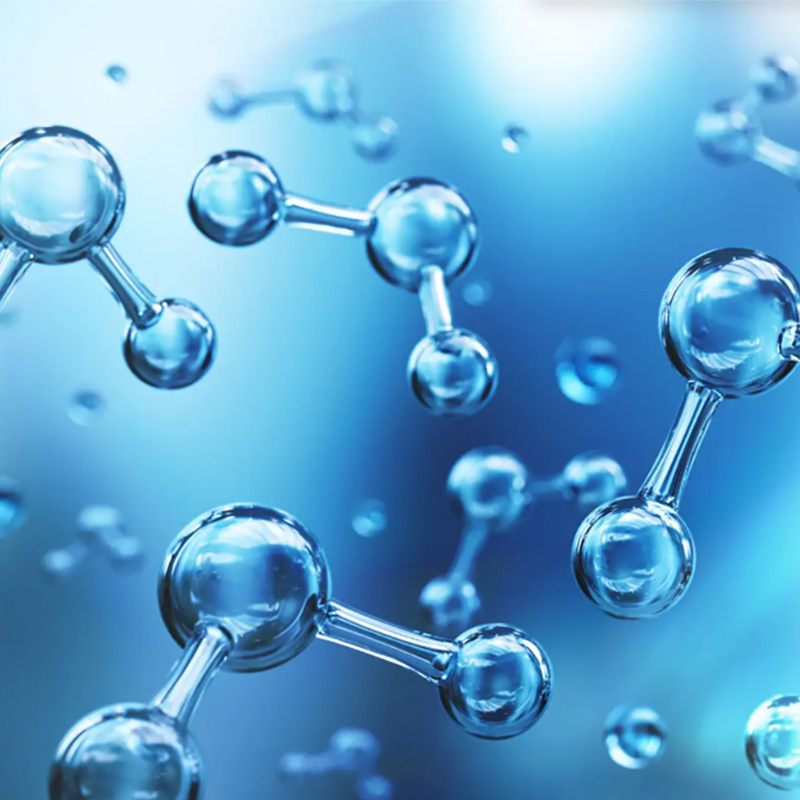In a formula, water is either an ingredient or a contaminant. Both steel alloys and aluminum alloys can be used to make spray packaging, with steel alloys being flaky and aluminum alloys being thin solid ingots (about the size of a hockey ball) or foils. Both water and metals are thermodynamically unstable when they come into contact with each other. Therefore, water may cause or contribute to the corrosion of metal packaging.

Water is a useful ingredient in formulations
Water can dissolve a large number of other formulations, as well as into various chemicals, solvents, and propellant formulations. For example, inorganic and organic salts, such as sodium chloride or sodium benzoate, are soluble in water.Most gases dissolve in water, and some of them - such as carbon dioxide - react with water to form corrosive carbonic acid. Dimethyl ether (DME) propellants are water-soluble, and a small amount of water will dissolve in HFC152a propellants, liquefied petroleum gas (LPG) propellants, and most organic solvents.Water and surfactants are used to form emulsions with water-insoluble ingredients. The emulsion may be in the form of oil-in-water or water-in-oil. Thus, water is both a solvent and, in some cases, a corrosive substance.
As can be seen from this example, water plays the following roles simultaneously:
The chemical composition of the liquid in the active pit is significantly different from the composition of the formula. This microenvironment is formed and maintained by hydration of water with metal ions ejected from the metal (through corrosion). Hydration will also reduce the pH in the pit to 4, and metal-ionized water will also buffer the pH to 4, thus maintaining the microenvironment in the pit.
Water supports pitting by electrochemically transporting ions and molecules to the support area around the pit. The area required to support pitting (outside the pit) is a complex interplay between the chemical composition of the formulation, the type of packaging metal, and the metal surface conditions (for example, whether the packaging metal is coated, uncoated, or laminated). In general, coated metal requires more area to support pits than uncoated metal.
Water needs to be in a liquid state to perform its various corrosive effects, and in some cases it will be consumed in a given step.
How much water does it take to form liquid water?
From a thermodynamic point of view, only about 90 water molecules are needed to form liquid water. However, more than 90 water molecules are needed to maintain corrosion, as water is consumed during corrosion. In addition, measurements of the thickness of the water layer in the vapor zone indicate that corrosion occurs in a water layer about 30 molecules thick under high pressure. In other words, spray packaging corrosion does not require much water.

Blog:《Discussion on the effect of water on the corrosion of spray packaging》
Bloger:Miya
——The original article was published in SPRAY magazine